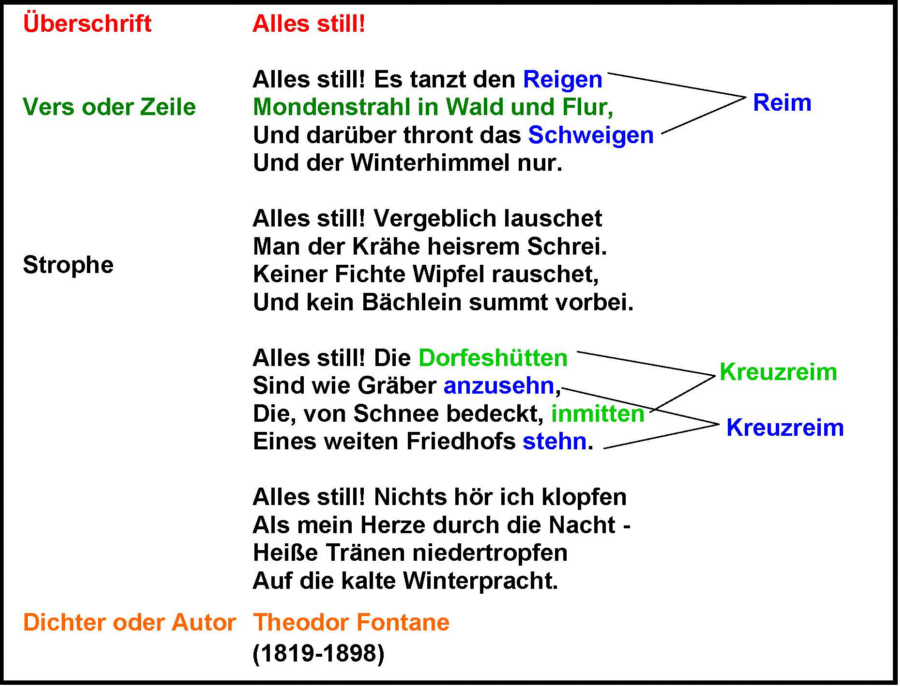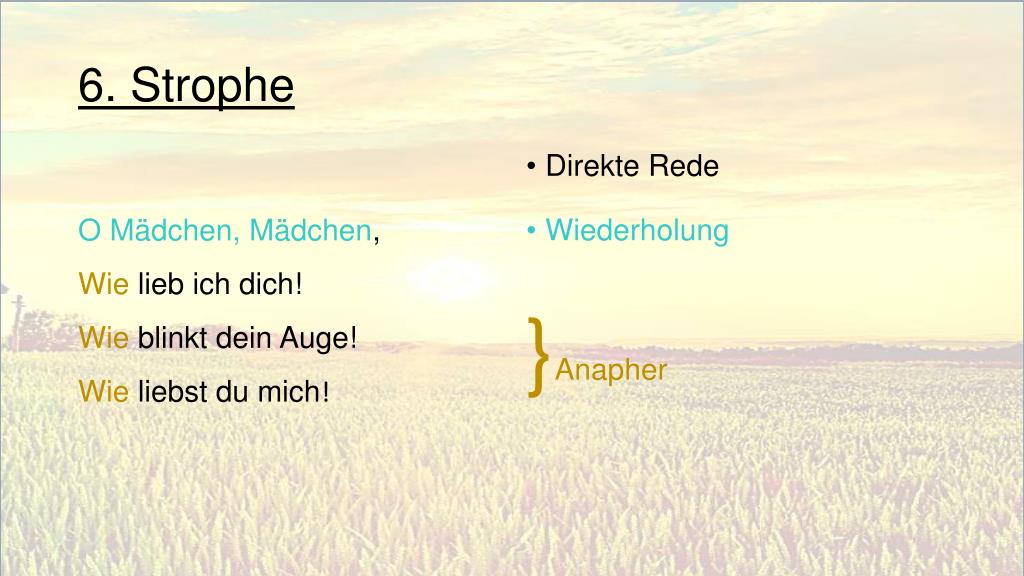
Para Grenet, el afrocubanismo fue un estilo que se incorporó en las canciones populares para el teatro y el salón sus melodías pegadizas en los ritmos cubanos camuflan la amargura del texto de Guillén. Sus interpretaciones distintas reflejan sus conceptos diversos de lo que era el afrocubanismo. Resumen: Esta ponencia examina las reinterpretaciones del son cubano por los poemas de Motivos de son de Nicolás Guillén y las canciones basadas en ellos por Eliseo y Emilio Grenet, Alejandro García Caturla y Amadeo Roldán. Roldán set texts naturally and mixed modern harmonies with the form, texture, and polyrhythms of the son, thereby paying homage to this genre. For Caturla, Afrocubanismo was a blend of modernism and respect for Afrocuban folklore his "Bito Manué" features vocal patterns and rhythms more in keeping with the music of santería than the son, along with text setting and harmonies that defied conventions. For the Grenets, Afrocubanismo was an exotic style to be incorporated into popular songs for the theater and the salon their catchy melodies in Cuban rhythms camouflage the bitterness of Guillén's text. Their distinct interpretations reflect the composers' divergent conceptions of the Afrocubanismo movement of the 1920s and 30s. "This paper analyzes and compares the reinterpretations of the Cuban son by Nicolás Guillén in Motivos de son and their settings by Eliseo and Emilio Grenet, Alejandro García Caturla, and Amadeo Roldán.

Based on the concepts of groove and flow established earlier, this four-chapter discussion explores Wonder’s particular version of the “robustly collective” grooves that are essential to funk, demonstrating vital musical processes and accounting for some of the unusual power and life of this music. Each song is analyzed separately but in a similar fashion, allowing for depth of analysis without sacrificing detail. I then analyze “Superstition,” “Higher Ground,” and “You Haven’t Done Nothin’,” focusing on the interactions of rhythm and meter. Chapter 3 outlines the primary musical characteristics of funk and how Wonder’s style grew out the specific approach to funk developed by the house band and producers at Motown Records.

Chapters 3 through 6 constitute a single, in-depth discussion of Wonder’s distinctive brand of clavinet-based funk music, divided into four parts.

Chapter 2 is an analysis of “Golden Lady” that demonstrates groove and flow operating in areas other than rhythm and meter, in scales beyond the merely local, and in a compound, multi-dimensional manner. It also demonstrates for the first time how Wonder uses repetition of musical elements to create a sense of flow-simultaneously on several different structural levels and in many different ways-and then manipulates that flow throughout the course of the song. Chapter 1 is a general analysis of “Living for the City” that is primarily concerned with form-the shape of the song over time-and the way in which that form interacts with the text and generates meaning(s). I begin by introducing the primarily African-American musical paradox of collective individuality and the musical concepts of groove and flow that are central to soul and funk. The essays focus on two interwoven aspects of soul and funk music, as they are employed by Wonder: the use of repeated musical figures, particularly grooves, to generate a sense of forward motion, or flow and the use of flow in a variety of ways and on many levels to give songs both shape and life.

See also BLO… bloody, bloody covered with blood or involving bloodshed and cruelty.This dissertation is a collection of analytical essays on songs made by Stevie Wonder between 19. Though transfusion ‘proper’ - moving blood directly… Transfusion, Transfusionĭefinit… Blood Donation And Registry, Blood donation, also called blood banking, refers to the process of collecting, testing, preparing, and storing whole blood and blood components inte… Blood Plasma, blood plasma The almost colourless fluid that remains when all corpuscles have been removed from blood (present as a suspension after centrifugation… fibrinogen, fibrinogen A soluble blood protein that is acted upon by the enzyme thrombin during blood clotting to give the insoluble protein fibrin. Blood Transfusion, blood transfusion Blood, moved between bodies, has long been thought to rejuvenate its recipient.


 0 kommentar(er)
0 kommentar(er)
